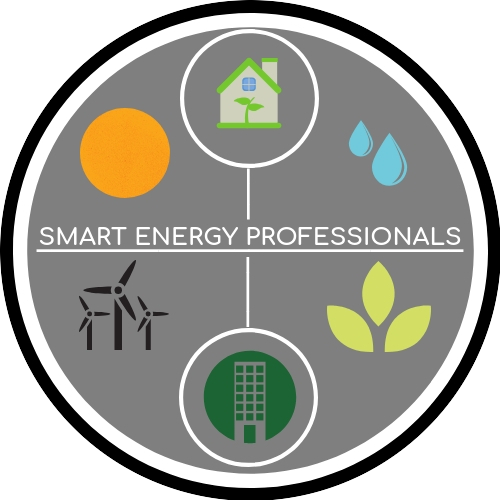Should I keep my Whole House Fan?
This article will inform you about the effects of having a whole house fan and options for its removal.
This picture shows a whole house fan from the attic. Light is visible from the floor below meaning that air and money are escaping.
Whole house fans, if they are operational, can provide fresh air and a nice breeze during the spring and fall. However, during the summer and especially the winter it acts as an open window constantly allowing conditioned air to leave the home. This creates higher bills and uncomfortable drafts. So what are your options?
Drywall or
Removal
In terms of reducing energy consumption and making the home more comfortable, the best option is to either remove the fan altogether or remove the metal framing and then drywall over the hole. This will reduce all of the air leakage while also allowing the area to be insulated.
COMPROMISE
If you would still like to use the whole house fan but want to be able to reduce energy consumption then a cap or dome can be built over the fan. This can be done using rigid foam board that is sealed together and placed over the fan from the attic side. This dome can be removed at your discretion.
This solution assumes that the fan is easy to access from the attic entrance and that there is nothing that could block the cap/dome from being placed over the fan.
Nothing
At the end of the day, it is your decision to do what you want with your home. The job of Smart Energy Pros is to effectively inform you and let you decide what to do.
Conclusion
Addressing the leakage from a whole house fan is one way to make your home more comfortable and energy efficient. If you’re looking to learn more about crawl spaces or air leakage then read these articles!
There is still so much more that is affecting your home’s comfort and efficiency. An energy audit is a comprehensive examination of your home’s energy profile in order to find the best ways to reduce energy usage and increase comfort. If you have any questions then head over to our contact page or schedule your energy audit here.



